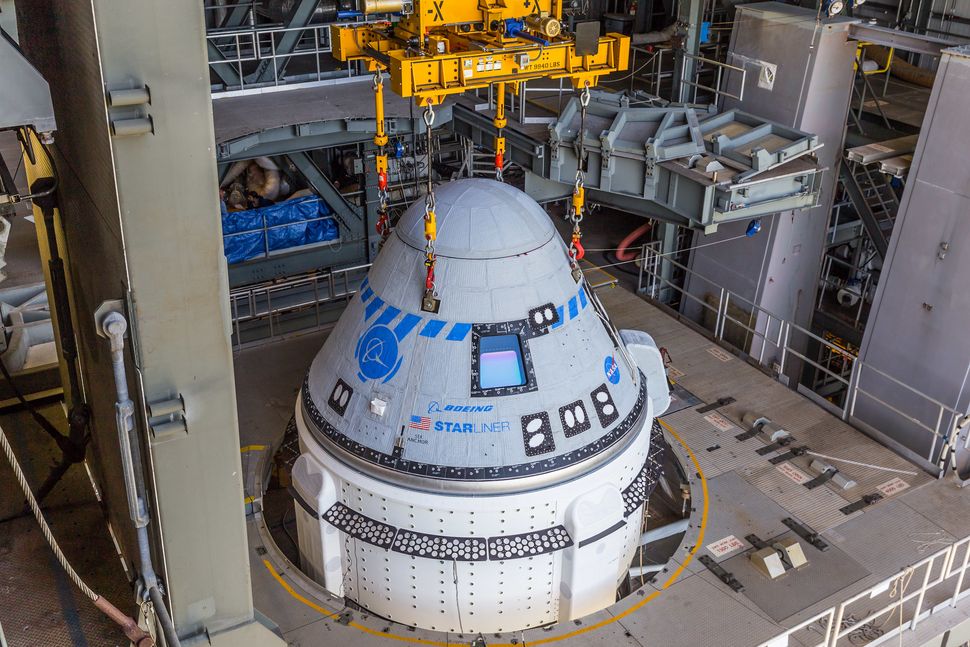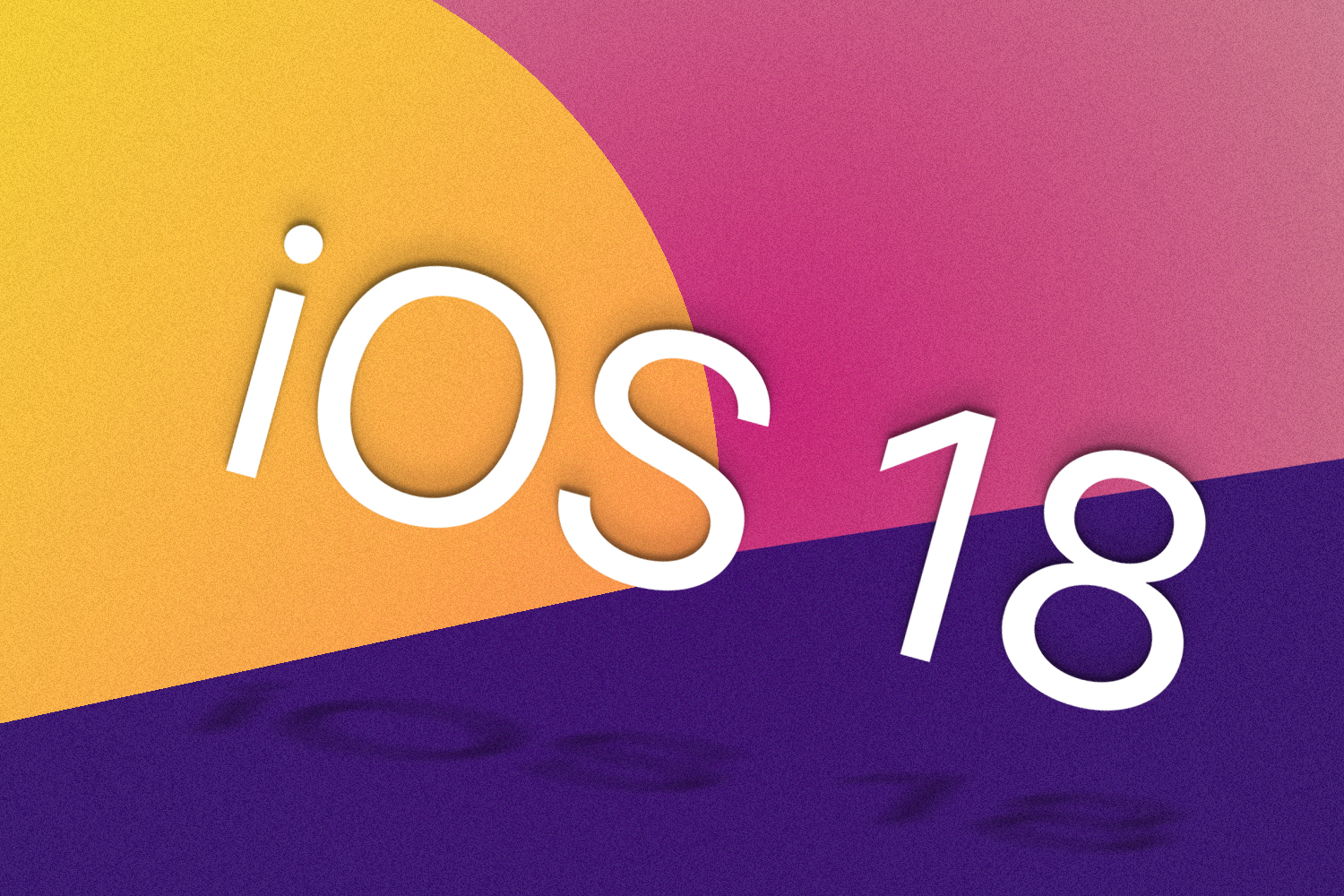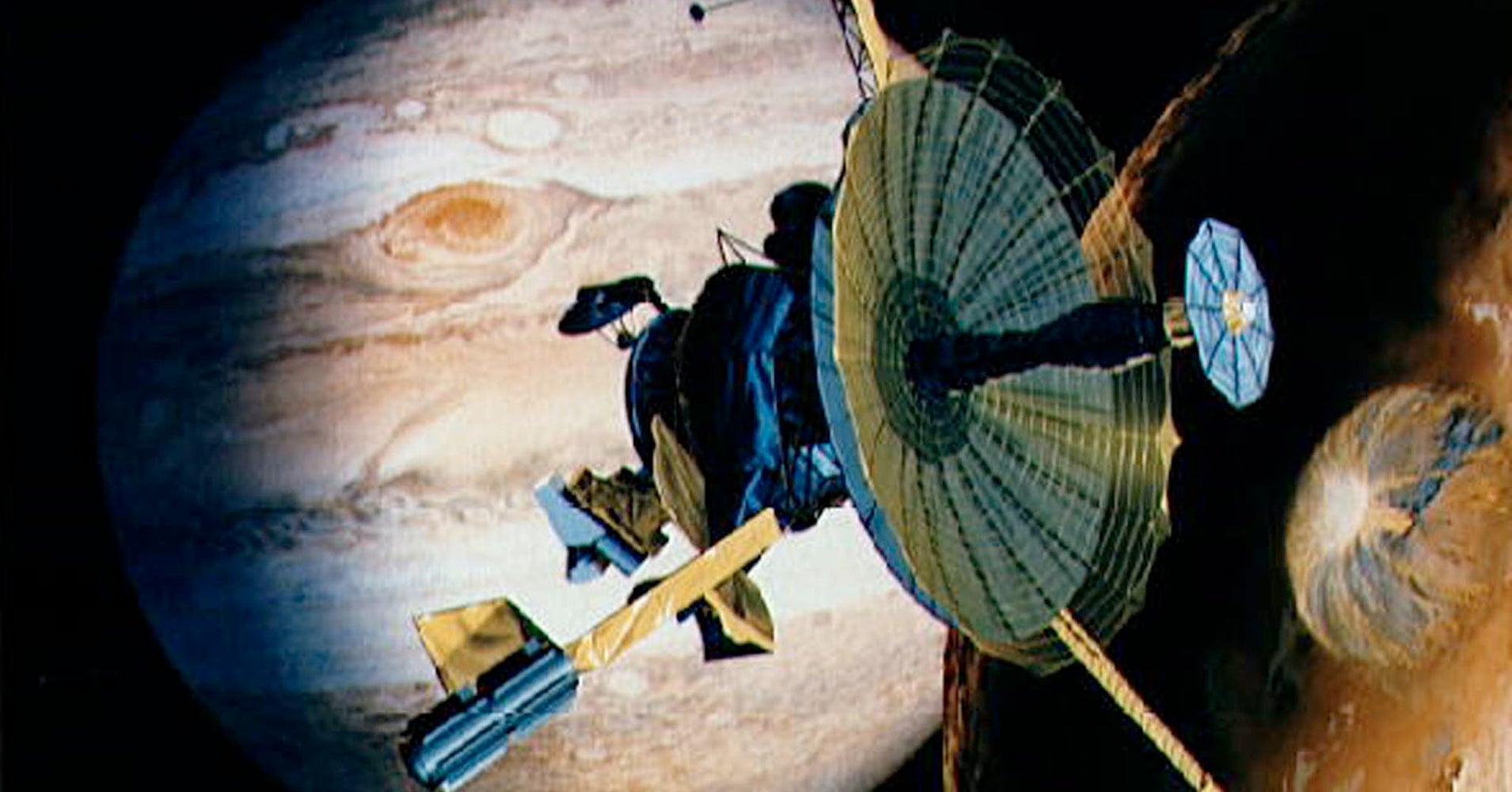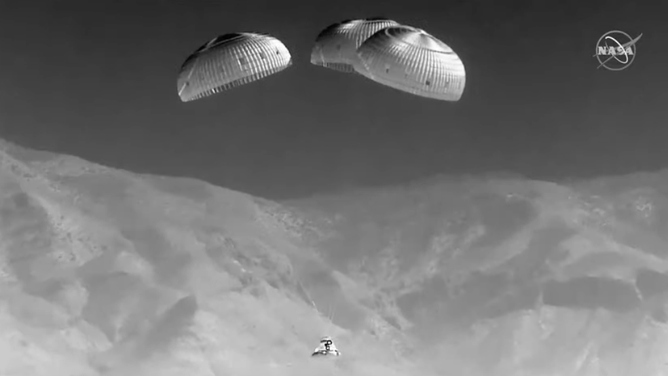Boeing Starliner Spacecraft: Recent Developments and Future Prospects
The Boeing Starliner spacecraft has recently made headlines following its uncrewed return from the International Space Station (ISS) after a mission that lasted approximately 13 weeks. This event marks a significant milestone in Boeing's ongoing efforts to develop a reliable spacecraft for NASA's commercial crew program. Below, we delve into the latest updates, challenges faced during the mission, and what lies ahead for the Starliner program.
Successful Return to Earth
On September 6, 2024, the Boeing Starliner spacecraft successfully returned to Earth, landing at the White Sands Missile Range in New Mexico. This mission was particularly notable as it was conducted without any astronauts on board, a decision made by NASA and Boeing due to technical issues identified during the spacecraft's approach to the ISS. The spacecraft had previously experienced helium leaks and problems with its reaction control thrusters, prompting the decision to prioritize safety by returning uncrewed.
Mission Overview
The Starliner spacecraft was launched on June 5, 2024, carrying two NASA astronauts, Butch Wilmore and Suni Williams, to the ISS. However, due to the aforementioned technical difficulties, the astronauts remained on the ISS while the Starliner returned alone. This mission was part of the Crew Flight Test (CFT), which aims to validate the spacecraft's systems and capabilities for future crewed missions.
Technical Challenges and Safety Measures
During the mission, NASA and Boeing faced several challenges that necessitated a cautious approach. The helium leaks and thruster issues were identified shortly after the spacecraft's launch, leading to extensive in-space testing and ground reviews. The decision to return the Starliner without its crew was made to ensure the safety of the astronauts and to gather additional data on the spacecraft's performance during its return journey.
NASA officials have stated that the astronauts would have been safe during the landing, but the decision to proceed without them was made to mitigate any potential risks. This cautious approach reflects the agency's commitment to safety and thorough testing before embarking on future crewed missions.
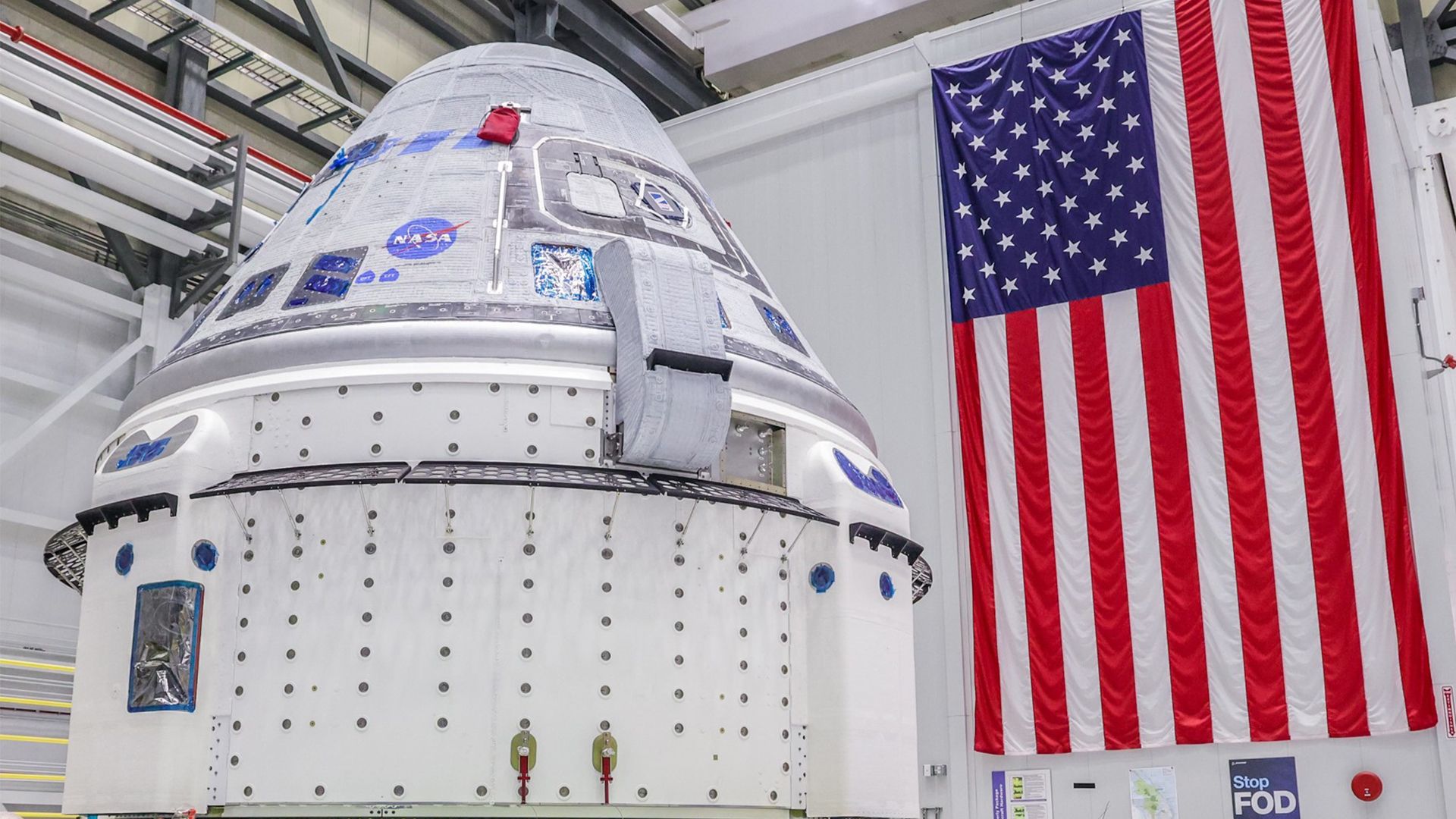
Future Prospects for Starliner
With the successful return of the Starliner spacecraft, attention now turns to the next steps in the program. Boeing and NASA are expected to conduct a series of investigations and reviews to analyze the data collected during the mission. This information will be crucial in addressing the technical issues encountered and ensuring the spacecraft's readiness for future crewed flights.
Upcoming Missions
Boeing's Starliner program is designed to support NASA's goal of transporting astronauts to and from the ISS. The next mission is anticipated to be a crewed flight, contingent upon the successful resolution of the technical challenges faced during the recent mission. NASA has emphasized the importance of thorough testing and validation to ensure the safety and reliability of the Starliner for future crewed missions.
Media Coverage and Public Interest
The return of the Starliner spacecraft has garnered significant media attention, with various outlets providing live updates and analyses of the mission. Notable coverage includes:
- CNN reported on the mission's unfolding events and the spacecraft's return to Earth, highlighting the challenges faced during the flight.
- Space.com discussed the implications of the uncrewed return and what it means for future missions.
- NASA's official website provided detailed updates on the mission's progress and the technical issues encountered.
Public Reaction
The public's interest in the Starliner program remains high, particularly given the challenges faced and the implications for future space travel. The spacecraft's journey has sparked discussions about the future of commercial spaceflight and the role of private companies like Boeing in NASA's missions.
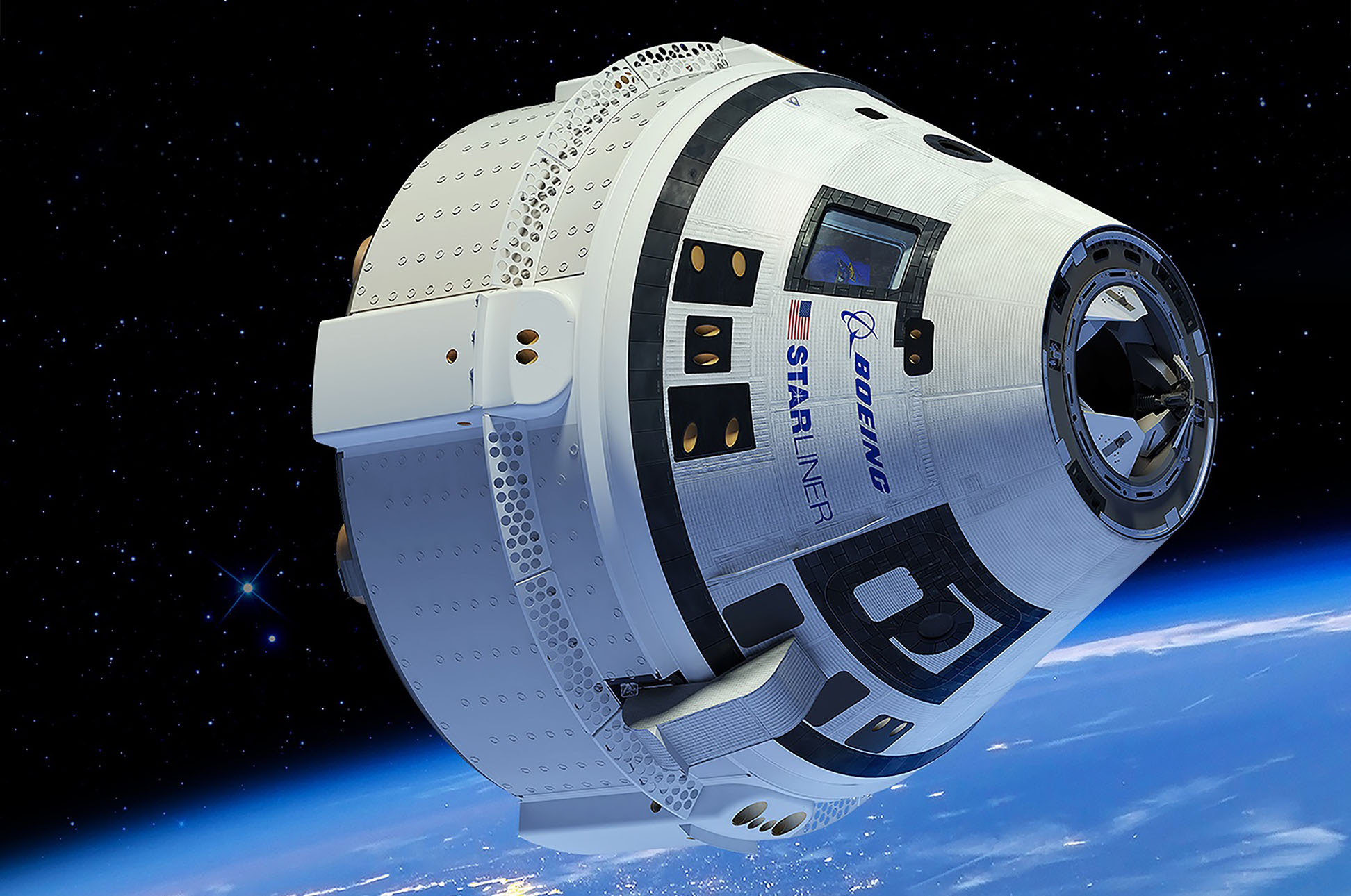
The recent developments surrounding the Boeing Starliner spacecraft underscore the complexities and challenges of modern space exploration. As Boeing and NASA work to address the technical issues encountered during the mission, the focus will shift towards ensuring the spacecraft's readiness for future crewed flights. The successful return of the Starliner, despite the challenges faced, is a testament to the resilience and dedication of the teams involved in this ambitious program.
For more detailed updates and live coverage, you can visit the following links:
As the Starliner program progresses, it will be fascinating to see how Boeing and NASA navigate the challenges ahead and what innovations emerge from this critical phase of space exploration.
